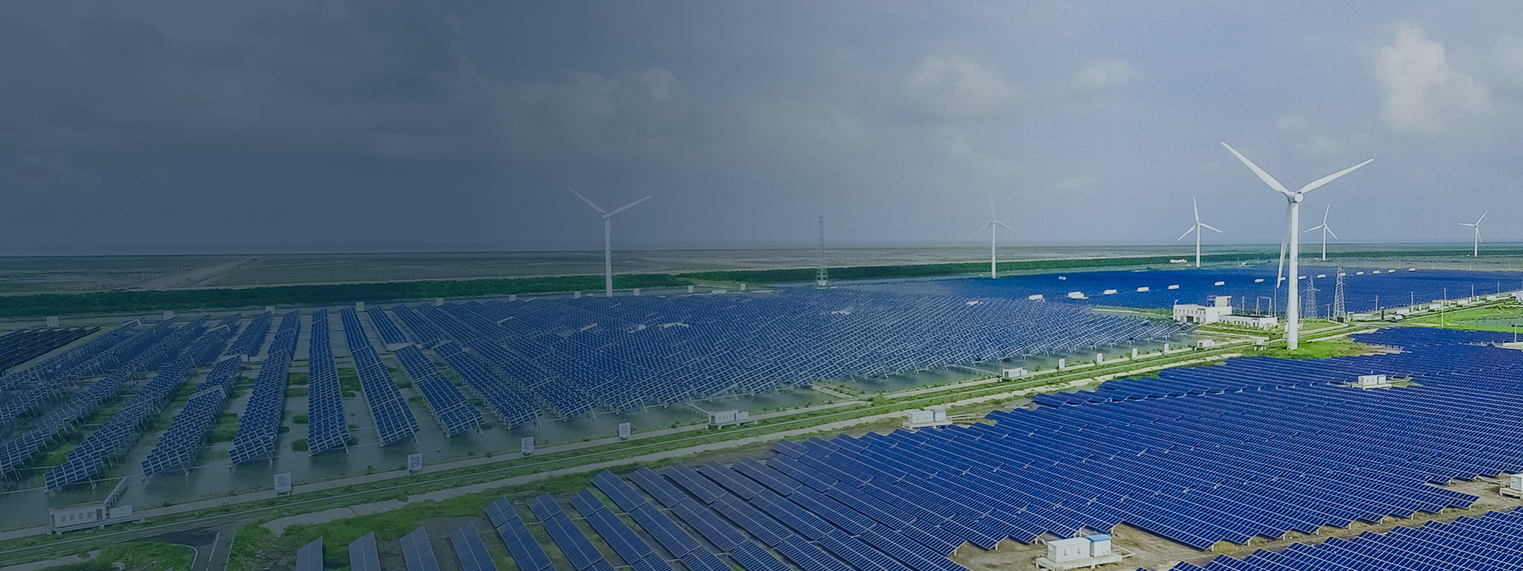
Harnessing Agrivoltaics: A Sustainable Solution for Land Use and Renewable Energy
Harnessing Agrivoltaics: A Sustainable Solution for Land Use and Renewable Energy
Agrivoltaics represents a groundbreaking approach that merges agriculture with solar energy production, providing a sustainable solution for utilizing marginal and degraded lands. These lands, often plagued by poor soil quality, water scarcity, and adverse climatic conditions, present significant challenges to traditional farming practices. By integrating solar energy generation with crop cultivation, agrivoltaics revitalizes these areas, offering multiple environmental and economic benefits.
Benefits of Agrivoltaics
Soil Health Improvement
One of the primary advantages of agrivoltaics is the enhancement of soil health. The shade from solar panels significantly reduces soil erosion caused by wind and rain. Additionally, crop residues and organic matter can be retained beneath the panels, which improves soil fertility and structure over time. This dual use of land not only protects but also enriches the soil, creating a more sustainable agricultural environment.
Water Conservation
Agrivoltaics also plays a crucial role in water conservation. The shade provided by solar panels helps to decrease evaporation rates, leading to improved water retention in the soil. Furthermore, the integration of precision irrigation systems can optimize water usage, ensuring that crops receive the necessary moisture without wastage. This is particularly vital in regions facing water scarcity.
Climate Change Mitigation
The impact of agrivoltaics extends to climate change mitigation as well. Healthy soils can sequester carbon dioxide from the atmosphere, thus contributing to efforts against global warming. Moreover, the renewable energy generated from these systems helps to reduce greenhouse gas emissions associated with fossil fuel consumption.
Economic Opportunities
From an economic perspective, agrivoltaics offers diversified income streams for farmers. By generating additional revenue through solar energy production, farmers can buffer against the financial uncertainties often faced in traditional agriculture. Furthermore, agrivoltaic systems create job opportunities in installation, maintenance, and agricultural production sectors, thereby boosting local economies.
Future Research Directions
To fully realize the potential of agrivoltaics, future research and development are essential. This includes:
- Developing Shade-Tolerant Crop Varieties: Breeding programs focused on creating crop varieties that thrive in shaded conditions can enhance productivity under solar panels.
- Optimizing Solar Panel Design: Research is needed to create solar panels that maximize light transmission while minimizing adverse effects on crop growth.
- Integrating with Other Sustainable Practices: Combining agrivoltaics with agroforestry and organic farming could further enhance sustainability and productivity.
Real-World Applications
In practice, agrivoltaics has seen successful implementations across various regions. For instance, in India, several pilot projects have demonstrated how solar panels can be mounted above crops to allow sufficient sunlight for growth while providing shade that protects plants from extreme weather conditions. This innovative setup not only enhances crop yields but also increases the efficiency of solar panels by keeping them cooler. The versatility of agrivoltaic systems allows for the cultivation of a wide range of crops—from leafy greens to root vegetables—each benefiting from the unique microclimate created by the solar installations. For example, crops like tomatoes and lettuce have shown yield increases of up to 38% due to the favorable growing conditions established beneath solar panels.
Conclusion
By harnessing both solar energy and agricultural practices on the same land, agrivoltaics presents a transformative opportunity for sustainable land use. This innovative approach not only addresses the pressing challenges of food security and renewable energy generation but also promotes environmental stewardship. As research continues to evolve and new technologies emerge, agrivoltaics could play a pivotal role in creating resilient agricultural systems that thrive in harmony with nature. Through strategic implementation and supportive policies, this dual-use strategy holds immense potential for advancing sustainable livelihoods while contributing to global efforts against climate change.
80% of the Forbes Global 2000 B2B companies rely on MarketsandMarkets to identify growth opportunities in emerging technologies and use cases that will have a positive revenue impact.
- Leading Automated Guided Vehicle Companies 2024: An In-depth Analysis
- CHARGED UP: SHIFT TO E-MOBILITY AND THE EVOLUTION OF TRANSPORTATION
- Global Automotive Market: Predictions For 2024
- Revolutionizing Depot Charging: Hockey Stick Growth on the Cards
- The Future of Silicon Battery Industry: Innovations and Market Outlook


